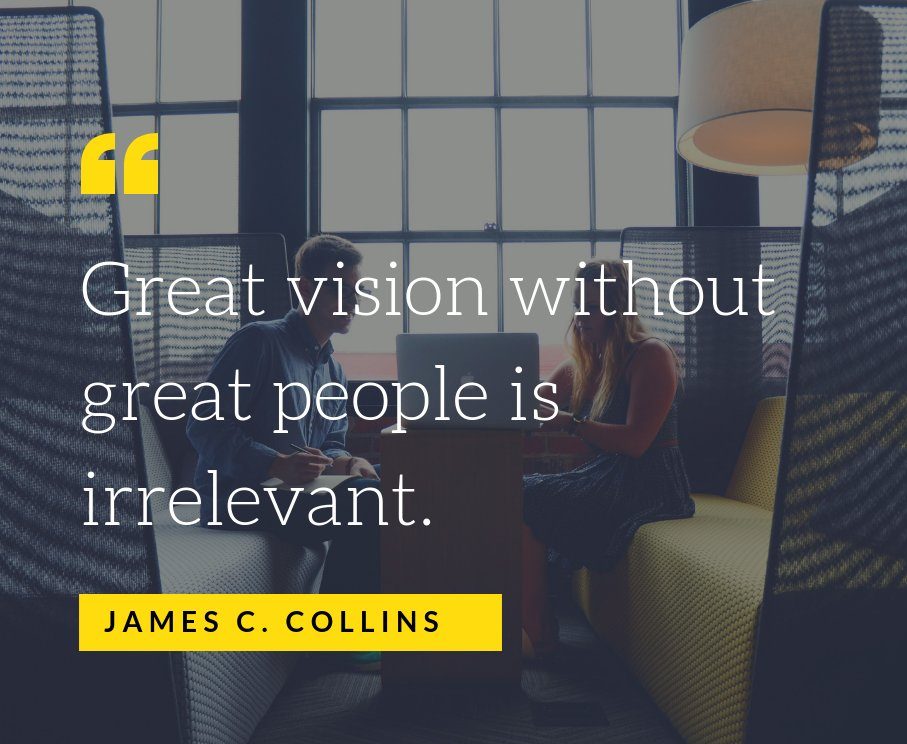
Your roadmap to bounce back strong and mitigate risk!
While the recent ‘phased return to work’ government announcements have provided some indication of a time frame for returning to work, the length, severity and impact of the economic downturn are yet to be fully understood.
So, as an HR professional, what does that mean in terms of how you are going to manage risk going forward?
One thing for sure is that if businesses are to not only survive, but also thrive in the ‘new normal’ then putting in place business continuity systems, structures and strategic workforce planning will be vital.
A Strategic Workforce Plan provides a framework to mitigate risk by aligning business strategy to workforce and operations.
As businesses assess their options in terms of not only how to retain current customers but also pivot into new markets, they will need support from HR, in order to decide what is most important not only for business continuity but for the workforce at large.
In this article, we will focus on how you can get the basics right by putting in place a strategic workforce plan that will not only help to stabilise your business but also ensure you have the right people in the right positions at the right time.
In order to ensure your strategic workforce plan is in place and ready to be rolled out by the time you return to work, here are the five steps you will need to take action on:
Step1: Review your new business strategy, identify the corresponding operations that are most critical to continuity.
While you may have done much of this already, make sure you double-check your thinking with customers and employees as often their perspectives can be different. Once this 360 view is garnered, this determines what the new organisational structure looks like. Click here for a sample organisational structure chart.
It’s a really good idea to map that out, so that, you have a visual of what the new job roles look like and others also have that same understanding, so that all stakeholders are on the same page. Click here for sample job description essentials.
This will not only give you visibility on the type of roles that you need. It will also help you to design a plan that is resilient and agile, which will enable you to adjust quickly to change.
Step2: Once you have identified the organisational structure, next, map out the roles within the critical operations, make sure you can answer the following:
- Do you have up to date job descriptions for those roles?
- What roles/tasks are you keeping and what roles/tasks can be removed or parked temporarily?
- Can adjustments be made in the current teams to support the critical operations, what are the internal resources that you already have that can be re-deployed into these positions?
Step 3: The next step is to measure ‘suitability’ for the roles. This is a critical step as the company cannot afford to have the ‘wrong people in the wrong positions’, as this may cause performance issues and slow the organisation down.
In order to avoid ‘square peg, round hole’ syndrome, (not to mention a performance management nightmare as many will be remote working) you will want to develop a JSF (Job Success Formula) for each role in the new structure. Click here to view sample job success formula.
A JSF will tell you exactly the type of skills required for each role, so that you can make the proper assessment when the time comes to re-deploy people or in some cases where employees are invited to re-apply for their old positions.
Step 4: Conduct a skills audit across the organisation – because the gap between where you are now and where you want to go is a gap in skill.
This is a vital step because you can’t develop a proper plan, until you first know where the skills gaps are in the organisation. In other words, you need to understand the current state of play in your organisation before you can develop a plan to move forward.
Once you have completed the JSF for each role – a skills audit can be carried out in as little as 30 minutes (per employee) using our award-winning technology. Go to our Human-ByDesign contact page you can book a complimentary session with us where we will walk you through this.
Once the data comes back on the employee, you will then be crystal clear on where the skills gaps lie, both on an individual level and organisation wide. Click here for sample skills gap analysis.
Now instead of using ‘best guess’ you can make your decisions against an evidence base that tells you exactly where the skills gaps are across the organisation.
- What is the data telling you about the ‘readiness’ of your workforce to deliver against the new strategic plan?
- How can that data be used to course correct as new information becomes available?
- Does the current workforce have the right skills or do we need to implement training or possibly bring in new talent?
Now you have the data you need to make intelligent, informed people decisions you can move on to the next step. It’s vital that you don’t move to the implementation stage until you are clear on the above.
Employee legislation is very much on the side of the employee (GDPR states that all employees have the right to see the criteria being used to make decisions about them).
If you mobilise employees into roles that they are not suitable for you may be exposing the organisation to legal challenge down the line, that’s why it is vital you have an objective evidence base to inform your people decisions.
Step 5: The implementation of your plan.
Once all of the above is completed, then map out the steps involved in the process as well as how you are going to communicate the process to all employees across the organisation.
Now you are clear on the new organisational structure, the priority roles and where the skills gaps are, the next step is to invite employees to apply for the roles in the new structure.
You will need to appoint an officer to lead the project. We recommend you appoint an individual who has high emotional intelligence as there can be many sensitivities involved in rolling out a project of this nature. You can run a complimentary EI overview report by contacting us at Human-ByDesign.com. This will give you an overview of the Emotional Intelligence suitability of your project lead. Click here for sample Emotional Intelligence Report.
Depending on your strategy you may invite employees to apply for their own jobs, or you may decide that you are content to keep the employee base as it is and that you just need to do some job re-design. In any case, the on-boarding process into the new structure will need to be carefully communicated to the employees.
Again, what data is available to support this process? How can that data be used to decide which employees are suitable for which jobs? It will be important to use an evidence base and objective data, not just ‘subjective opinion’ to make your re-deployment decisions.
This will not only give you the optimum chance of placing the right people in the right jobs, but it will also keep you compliant and on the right side of employment legislation.
The key to rolling out a successful strategic workforce plan is to keep it simple. Remember adjustments and course corrections can be made along the way. Communication at each step in the process will be important to let employees know what is expected from them as well as the outcomes they can expect from the company.
If you don’t understand the skills of your employees, you will not be able to respond quickly and may end up relying on ‘knee jerk’ responses which will slow progress and may affect employee moral.
To bring order to the chaos, you will be in a much stronger position if you map all of this out in advance of returning to work, as it will provide you with a road-map and an anchor when the going gets tough!
Download your employee road map here; the A – Z you need to be aware of to support your employees transition back to work.
The above outlined 5 steps can help to leverage and align your resources as little as a week!
You may be able to receive funding for strategic workforce planning, through your local enterprise office…click here for further information.
By the way, did you know that we do this?
Human-ByDesign is a people analytics consulting firm focused on delivering services that optimise the workforce. If any of the above resonates with where your business is at right now, you can contact us for a 40-minute free consultation, where we listen to your needs and if appropriate can walk you through examples of where we have supported other businesses with this process, you can reach us via our website or call us direct on: 00353015599888.





